10 Famous Fairy Tales and Their Real-Life Origins
The true stories behind the tales.
Fairy tales have captivated audiences for centuries with their magical worlds, heroic quests, and lessons of good triumphing over evil. However, beneath their enchanting surface, many of these stories have darker, more complex origins rooted in real-life events or cultural fears. Below, we delve into ten famous fairy tales and uncover the surprising historical and cultural events that shaped them.
10. The Pied Piper of Hamelin
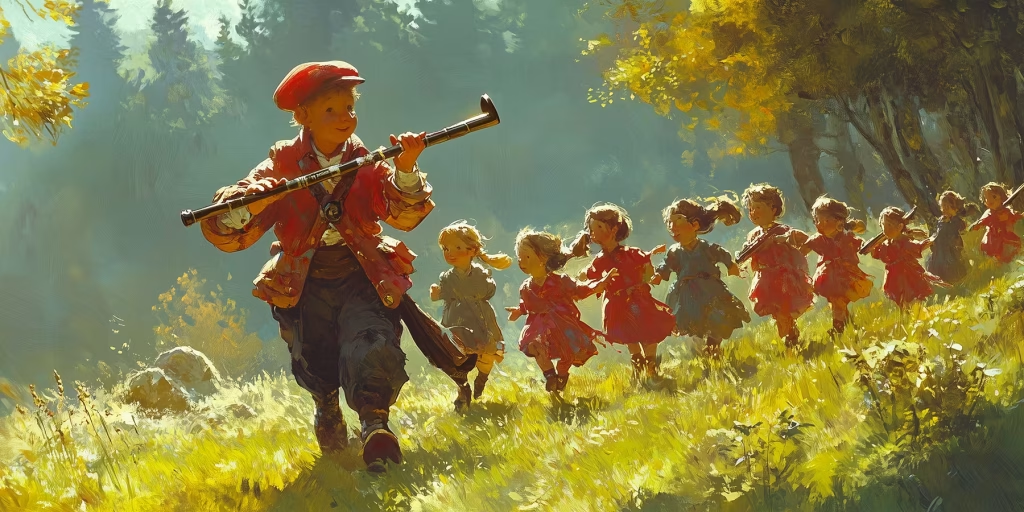
One of the most haunting fairy tales, The Pied Piper of Hamelin, is based on an actual event from the town of Hamelin, Germany, in 1284. According to records, 130 children mysteriously disappeared from the town, and the Pied Piper legend grew around this tragedy. While the story tells of a piper who lures children away after being cheated of payment for ridding the town of rats, the real cause of the children’s disappearance remains unknown.
Theories range from a plague or disease that claimed the children’s lives to the possibility of mass emigration or recruitment for a Children’s Crusade. Whatever the cause, the tale of the Pied Piper serves as both a historical mystery and a cautionary tale about broken promises and the consequences of greed.
9. Rumpelstiltskin
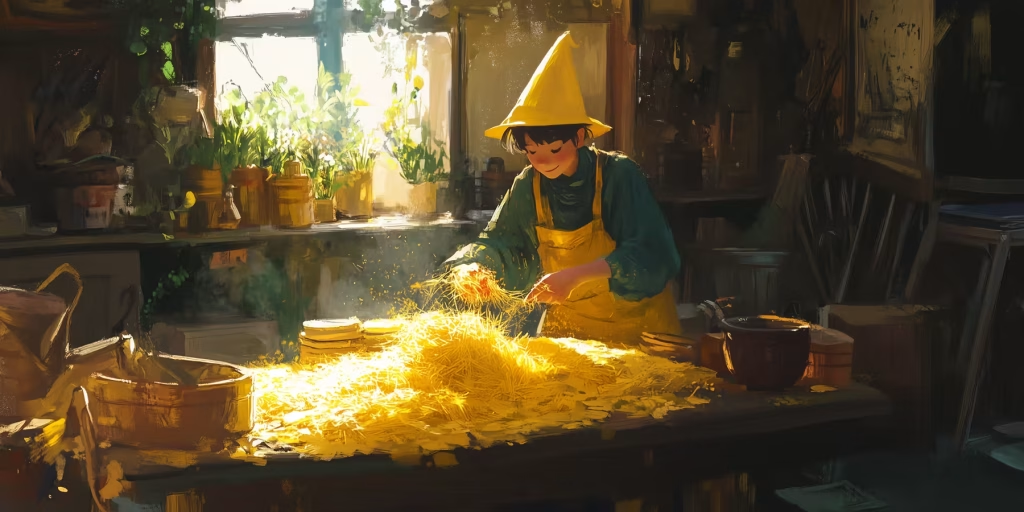
The story of Rumpelstiltskin revolves around a miller’s daughter who is tasked with spinning straw into gold, with the help of a mysterious figure. This tale may be linked to the importance of weaving and spinning in ancient European societies, where these crafts were often associated with wealth and power. Rumpelstiltskin, the character who helps the miller’s daughter, could represent the old, magical traditions tied to the land and craftsmanship.
The act of guessing Rumpelstiltskin’s name adds a layer of riddles and bartering, reminiscent of the challenges faced by people in feudal societies. It’s a story of power, deception, and the ultimate triumph of cleverness over trickery, offering a glimpse into the cultural values of its time.
8. Rapunzel
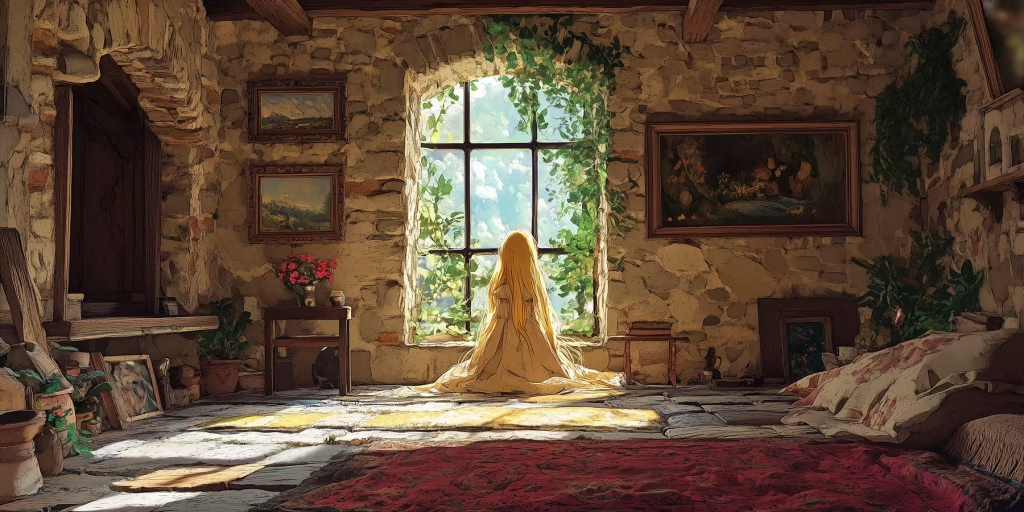
Rapunzel, famous for her impossibly long hair and her imprisonment in a tower, is believed to have origins in the story of Saint Barbara, a Christian martyr. According to legend, Barbara’s father locked her away in a tower to keep her from the outside world and potential suitors. Over time, this tale was adapted into the romanticized version of Rapunzel, where a prince finds and rescues her.
The Brothers Grimm’s version of Rapunzel added its own elements of danger and magic, with the evil sorceress serving as both jailer and mother figure. While the Disney adaptation focuses on adventure and self-discovery, the original story was rooted in themes of control, isolation, and the triumph of love over imprisonment.
7. The Little Mermaid

Hans Christian Andersen’s The Little Mermaid may be famous for its tragic undertones, but it was far darker than the Disney adaptation many grew up with. In Andersen’s version, the mermaid suffers immense pain in her transformation to human form, loses her voice, and ultimately sacrifices herself for a prince who marries someone else. The story ends not with a happily-ever-after, but with the mermaid dissolving into sea foam, suggesting that love and sacrifice do not always lead to personal fulfillment.
Some scholars believe Andersen’s tale was inspired by his own experiences with unrequited love, possibly for a close male friend. The pain of longing for something unattainable is a theme that resonates throughout the original Little Mermaid, making it a poignant exploration of sacrifice and the cost of love.
6. Little Red Riding Hood
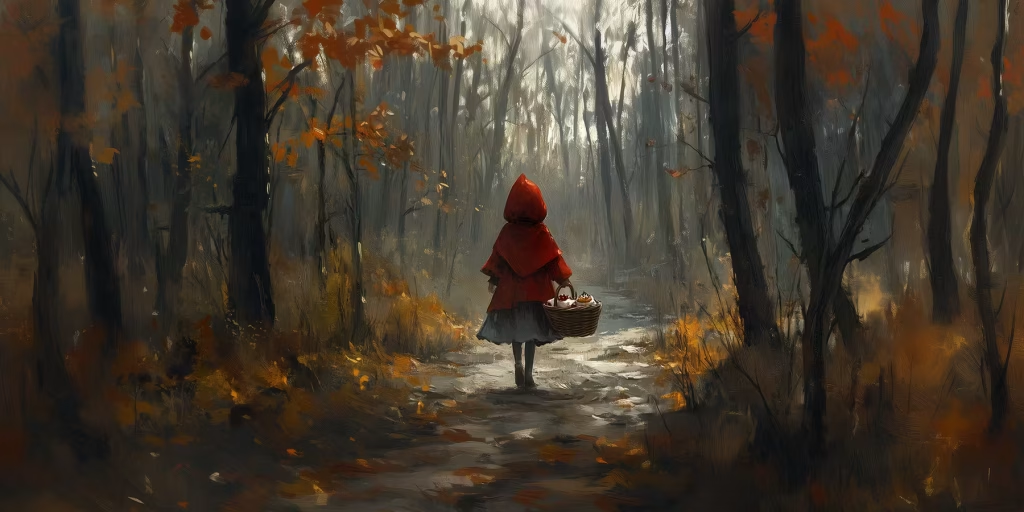
Before the Brothers Grimm popularized Little Red Riding Hood, this tale had been passed down through generations as a warning about the dangers lurking in the woods. Some of the earliest versions are far more explicit in their cautionary themes, with the “big bad wolf” symbolizing not just a wild animal, but predatory men. In fact, early French and Italian versions were used to warn young women about “wolves in disguise” who might charm them, only to later cause harm.
As the story evolved, especially in the hands of Charles Perrault and the Brothers Grimm, the cautionary element remained, though the message became less overt. While modern retellings focus more on the cleverness of Red Riding Hood or the eventual defeat of the wolf, the tale’s roots lie in its role as a societal warning against straying too far from the safety of the familiar.
5. Beauty and the Beast
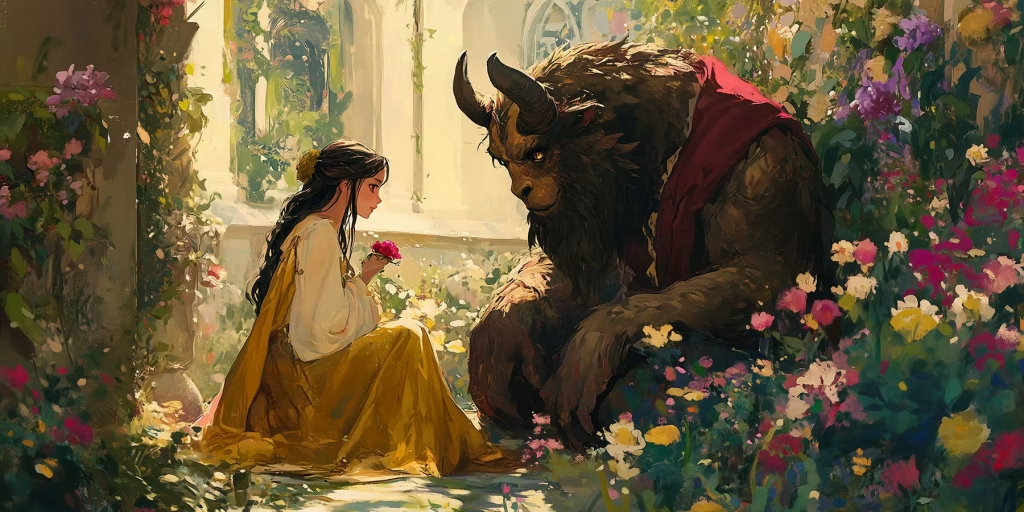
The story of Beauty and the Beast has enchanted audiences with its theme of looking beyond outward appearances, but its real-life inspiration is rooted in the tragic story of Petrus Gonsalvus. Born in the Canary Islands in the 16th century, Gonsalvus suffered from hypertrichosis, a condition that caused excessive hair growth all over his body. Despite his appearance, Gonsalvus was taken into the French court, where he eventually married a beautiful woman named Catherine. Their union—where society saw a “beast” and a “beauty”—may have sparked the imagination of storytellers and led to the creation of this timeless tale.
Beauty and the Beast has been told and retold in various forms, but at its heart, it has always been a story about love and acceptance. Over time, the tale evolved into a more romantic narrative, focusing on the transformative power of love to break curses—both literal and metaphorical.
4. Sleeping Beauty
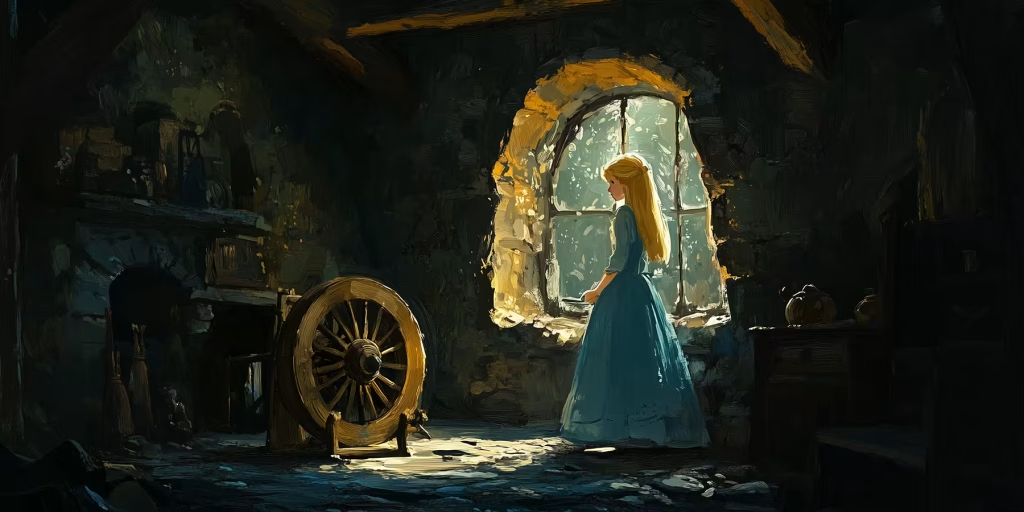
The romantic image of a princess falling into a deep sleep, only to be awakened by true love’s kiss, belies the much darker roots of Sleeping Beauty. One of the earliest versions of the tale, Sun, Moon, and Talia by Giambattista Basile, features a far more unsettling plot. In this version, Talia is not awakened by a kiss, but by the birth of her children after being assaulted while unconscious. The prince, who in this case is a king, does not fall in love with Talia until much later, making this early version more about power and coercion than romance.
Over the centuries, the story softened into the version we know today, largely thanks to the Brothers Grimm’s Sleeping Beauty, and later, Disney. While Disney’s Sleeping Beauty emphasizes themes of love, magic, and fate, the older versions remind us of the darker side of fairy tales, where women’s autonomy and safety were often secondary to the whims of fate or male characters.
3. Hansel and Gretel
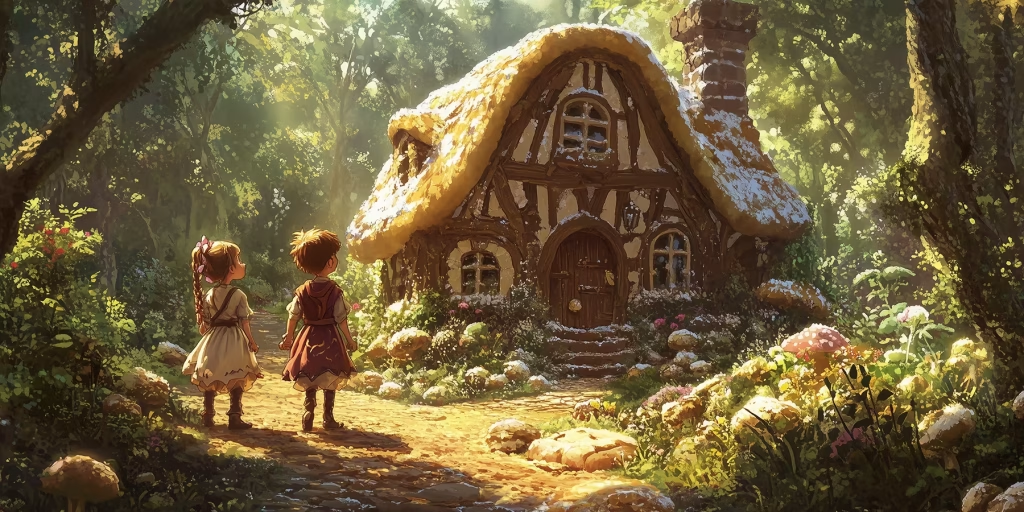
The story of Hansel and Gretel, two children abandoned in the woods who stumble upon a witch’s house made of candy, has deep roots in medieval Europe, where famine and hardship were a grim reality. During periods of extreme poverty, such as the Great Famine of the early 14th century, it was not unheard of for families to abandon their children to reduce the number of mouths to feed. This dark practice is mirrored in the story when Hansel and Gretel’s parents, struggling to survive, leave them to fend for themselves.
The witch in Hansel and Gretel may also symbolize a fear of cannibalism, a taboo that haunted European folklore during times of starvation. The gingerbread house, while seemingly whimsical, represents temptation and danger, a lure into the clutches of a malicious figure. Beneath the surface of this childhood tale lies the harsh truth of human desperation and survival in medieval times.
2. Snow White
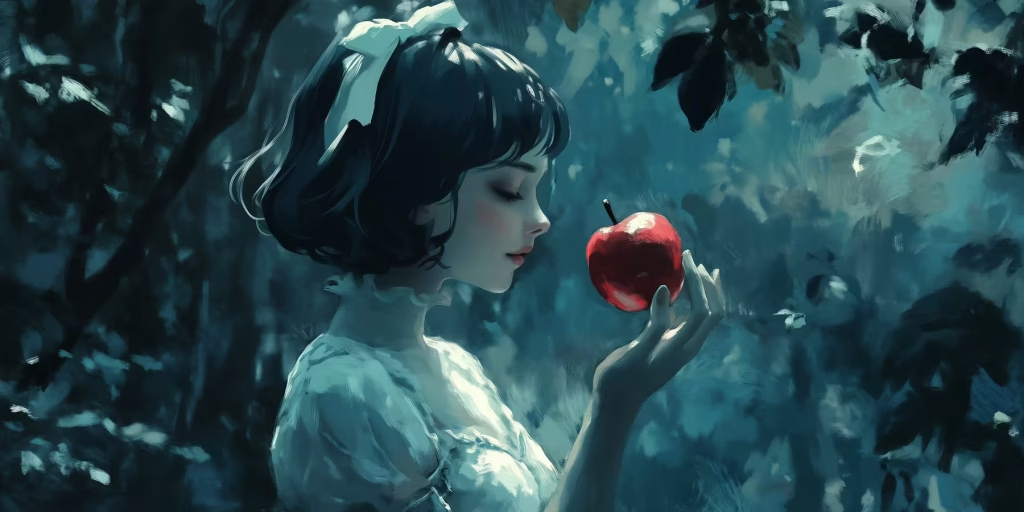
Snow White, immortalized by the Brothers Grimm, is more than just a whimsical story of a girl who befriends dwarfs and is revived by true love’s kiss. Some historians believe the tale was inspired by the real-life story of Margaretha von Waldeck, a 16th-century German noblewoman. Margaretha’s life had eerie parallels to the fairy tale; she was known for her beauty, and it is suspected that her stepmother poisoned her to remove her as a rival for power. Moreover, Margaretha lived in a mining town where child labor was common, and young boys, often stunted by hard work, were referred to as “dwarfs.”
The famous poisoned apple may also have a historical basis. During Margaretha’s time, it was not uncommon for political murders to involve poison, especially through food. While the tale of Snow White has evolved into a charming children’s story, its dark origins reflect the dangerous and often deadly power struggles of European nobility in the Middle Ages.
1. Cinderella
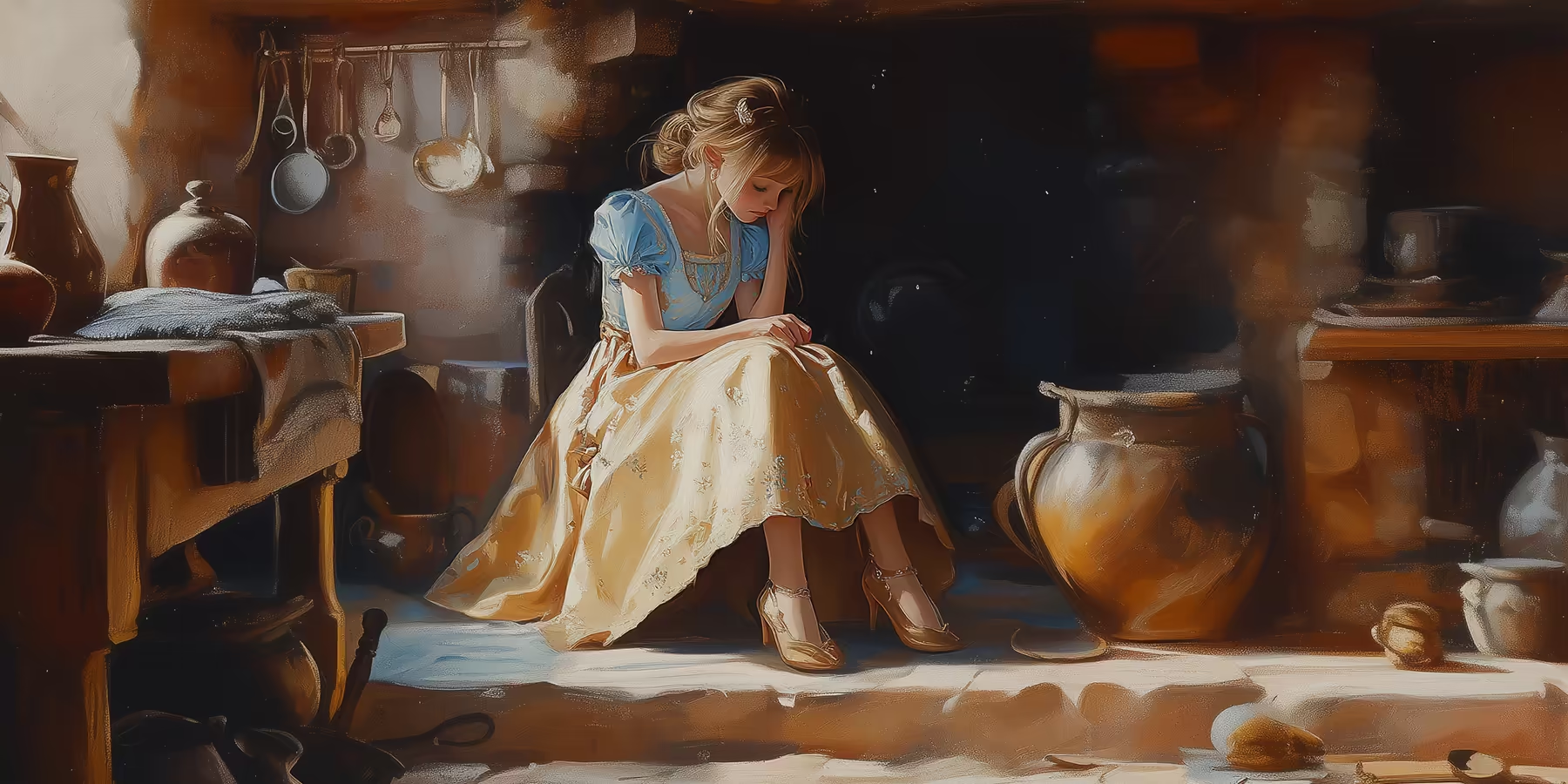
The tale of Cinderella, the mistreated girl who overcomes her cruel family to win the heart of a prince, is one of the most enduring fairy tales in history. While Charles Perrault’s 1697 version popularized the elements of a fairy godmother, glass slipper, and midnight curfew, the origins of Cinderella stretch back much further. One of the earliest known versions comes from Ancient Egypt, where a story tells of a slave girl named Rhodopis who loses her sandal. The sandal is found by a king, who searches for its owner, eventually marrying her. Other early versions of the story also emerge from China, featuring the motif of small, delicate feet, which reflect cultural values of the time.
Interestingly, the universal theme of Cinderella; a downtrodden figure overcoming hardship; resonated in various cultures, evolving through time. In Europe, the tale also highlights class struggles, with Cinderella symbolizing the oppressed lower class and the prince representing the possibility of social mobility. Throughout its adaptations, the story of Cinderella has maintained its core message of hope, resilience, and the belief that kindness will eventually be rewarded.





